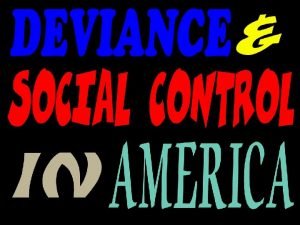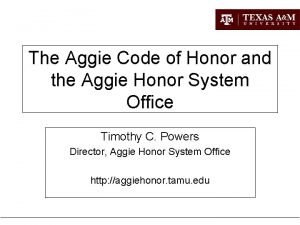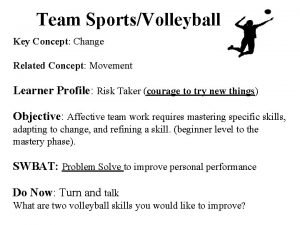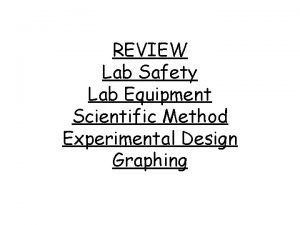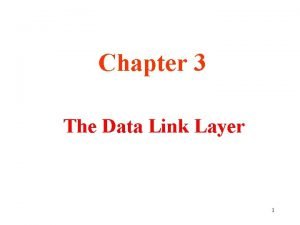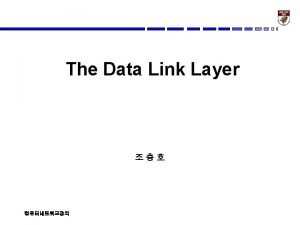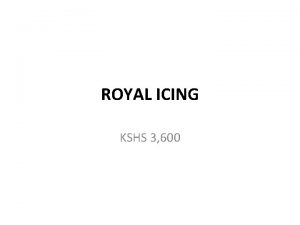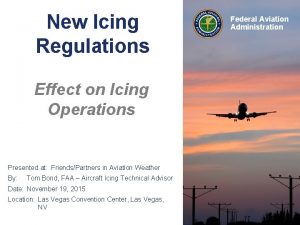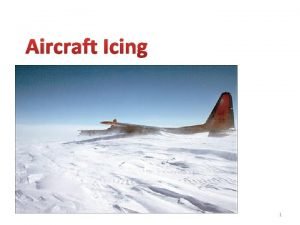Icing ICING VIOLATIONS A potential icing exists when









- Slides: 9

Icing

ICING VIOLATIONS • A potential icing exists when the following conditions have been met: • Either team shoots the puck from their defending side of the center red line. • The puck does not touch the opposing team before the center red line. • The puck does not touch, or is not played, by any player beyond the center red line. • There is no reasonable chance for any player on the opposing team to play the puck. • The puck completely crosses the opposing team’s goal line.

Guidelines • The width of the center red line is considered part of the zone the puck is in. • The opposing goaltender is not obligated to play the puck at all. If the goalkeeper fakes a move toward the puck, it is still icing. • If the puck passes through the goal crease, it is still icing. • When icing is completed, the ensuing face-off will be at the defending zone face-off spot on the side of the ice from which the puck was shot. • If a team is shorthanded, they shall be permitted to “ice” the puck without committing an icing violation. • At the 14 U level and below, a shorthanded team cannot legally ice the puck under any circumstances.

SIGNALS & POSITIONING: Back Official • • • When there is the potential for icing, the back official (or L 2) will initiate the icing by giving the “delayed signal”. They should also shout “icing” so their partner can hear them. Skate up ice with play as the icing is in progress. L 2

SIGNALS & POSITIONING: Front Official • • • Front official should be aware when a potential icing is about to take place, even before it is signaled by their partner. When icing is signaled by their partner, skate towards the goal line where the puck is potentially going to cross. The instant the puck crosses the line, official shall blow their whistle and raise their nonwhistle arm to signify icing. L 1

L 1 Signals & POSITIONING: Icing Called • • When icing has been completed L 2 will retrieve the puck and skate it to their partner at the ensuing face-off location. L 1 will mark the face-off location, skate backwards to the location and give the icing signal. L 2 will then skate to their position by the blue line and L 1 will conduct the face-off. CLICK TO ANIMATE RINK DIAGRAM L 1 L 2 L 1

SIGNALS & POSITIONING: Icing Nullified • • If icing shall be nullified for whatever reason (puck deflected, doesn’t cross goal line, etc. ) the front official will stay low and the back official will continue to their partners blue line. CLICK TO ANIMATE RINK DIAGRAM L 1 L 2

erred icing call • If there is an instance where an erred icing call has occurred, the officials shall take the face-off in the zone where play was stopped. Face-off will occur here L 1 L 2

ICING SITUATIONS • Puck "cleared" in air. Opposing player unsuccessfully attempts to knock puck down. • Icing. This does not give the opponent a “reasonable” opportunity to play the puck. of goal line. • • Goaltender fakes a move to play the puck. • • Puck shot in air over glass behind the net. • • Icing. The puck crossed the goal line, which extends upward from the ice. Goaltender touches puck in front • No icing. Icing. A 12 U team ices the puck while on the penalty kill. • Icing. At Youth 14 U and below, a shorthanded team cannot legally ice the puck.
 Whats a enduring issue
Whats a enduring issue It is the recognized violation of cultural norms
It is the recognized violation of cultural norms Timothy powers tamu
Timothy powers tamu Volleyball judge signals
Volleyball judge signals Safety violations
Safety violations Ctip clause that must be included in every contract
Ctip clause that must be included in every contract Character stuffing and destuffing program in c
Character stuffing and destuffing program in c Physical layer coding violations
Physical layer coding violations Define campaign in life orientation
Define campaign in life orientation Cobertura jenkins
Cobertura jenkins

